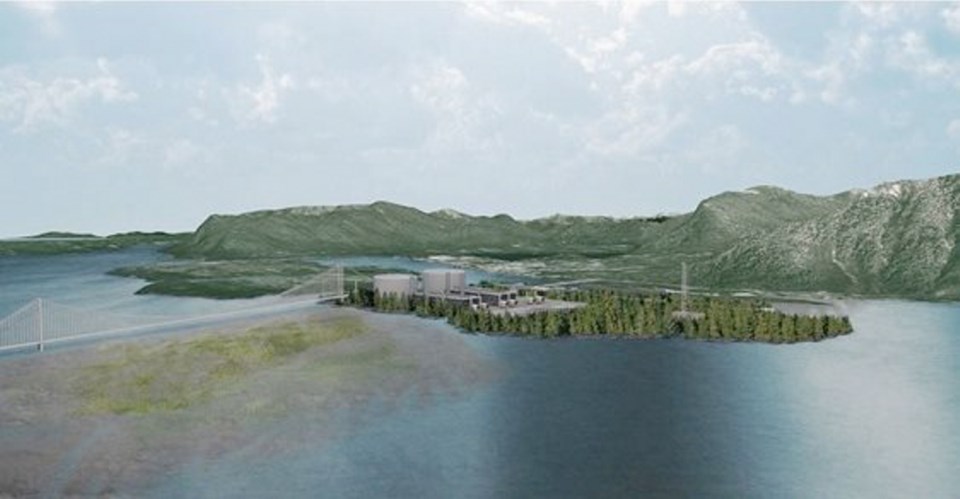Pacific NorthWest LNG, the $11.4-billion Prince Rupert plant that would liquefy natural gas from the Peace Region, says it will work with federal regulators who have asked for more time to review its environmental assessment application.
In a statement Sunday, President Michael Culbert said the company will assess the Canadian Environmental Assessment Agency's (CEAA) latest request for more information on the project's environmental and Aboriginal land use impacts.
The agency said Saturday it would need an additional three months to evaluate and decide whether to approve the project, which received 34,000 submissions during a recent public comment period.
"Yesterday, 750 days after our initial submission and four days prior to a legislated deadline for a ministerial decision, we were advised by the CEAA that further information is required to make a determination of significant adverse impacts the proposed project may have," Culbert said.
"Pacific NorthWest LNG will work to assess this latest information request and continue to work constructively with federal agencies through this rigorous process."
The CEAA wants more information about the plant's effects on fish and fish habitat including the Flora Bank, effects on marine mammals, effects of construction noise and light on human health, and effects on current Aboriginal use of lands and resources for traditional purposes.
The delay means a federal decision on the project likely won’t happen until the summer.
The CEAA says the Skeena River watershed surrounding the project's location is second only to the Fraser River in its capacity to produce sockeye salmon.
In a letter to Mike Lambert, PNW’s head of environment and regulatory affairs, dated March 18, the CEAA said it was taking “all available science and information” into account for the final assessment report, “recognizing the importance of understanding that is required to protect this ecologically and biologically significant habitat.”
PNW provided new information to the agency March 4 related to construction activities in the marine environment and on Lelu Island that the CEAA says has “given rise to several new areas of uncertainty which need to be taken into account in deterring the project’s effects on fish and fish habitat, marine mammals, human health and current Aboriginal use of lands and resources for traditional purposes.”
Culbert noted the company submitted its project description to CEAA in February 2013, and its environmental impact statement in February 2014.
"We would like to acknowledge the Tsimshian First Nations who have worked productively to ensure the project realizes both environmental sustainability and generational economic opportunity for their people," Culbert said.
"Furthermore, we recognize the overwhelming support shown by local governments, businesses and workers throughout British Columbia, Alberta and across Canada for the project to receive a timely decision by the Government of Canada.”
The project would source gas from the North Peace, and has a total valuation of $36 billion.



